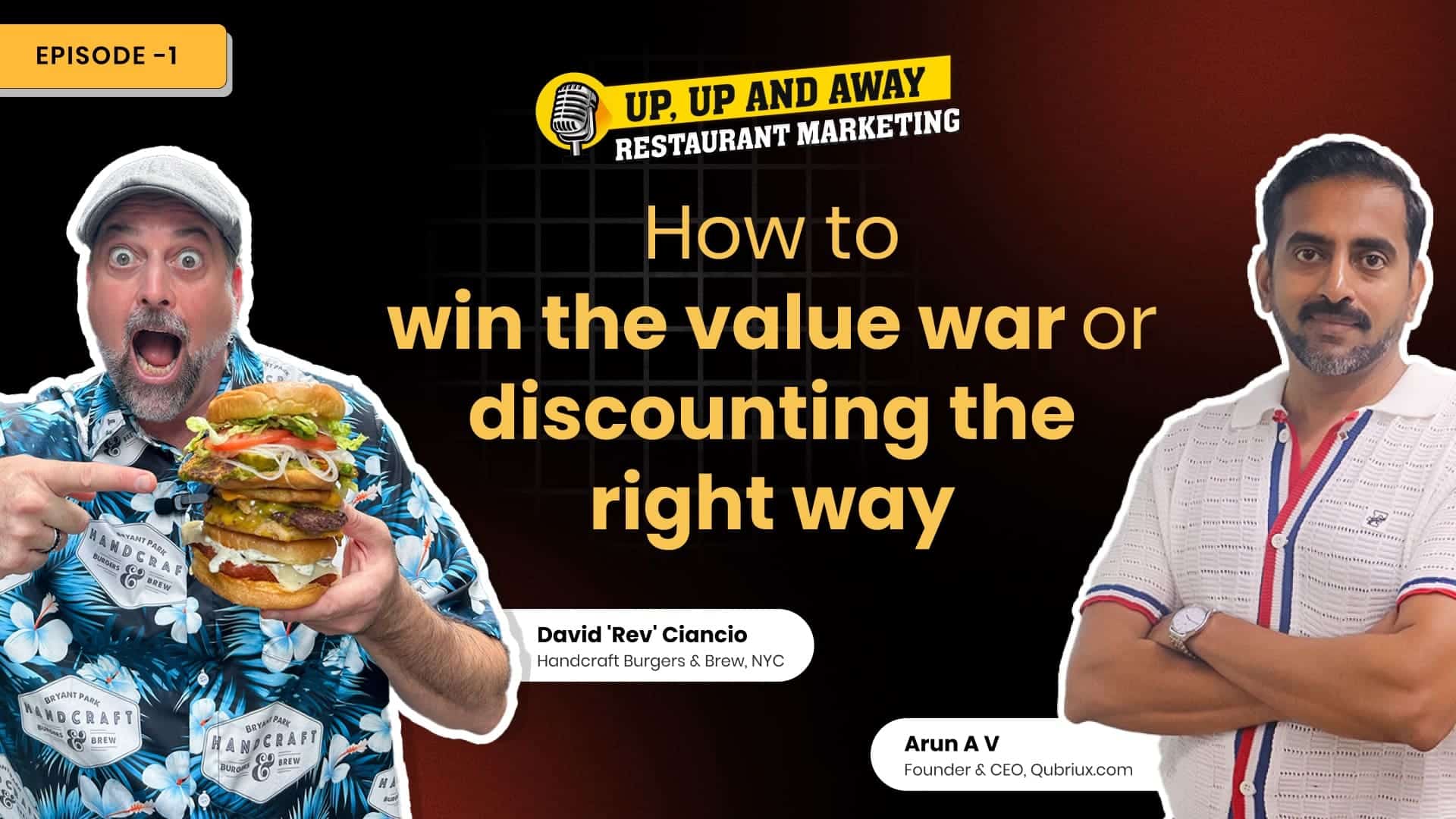Beyond "We Miss You": 3 Data-Driven Strategies to Win Back Lapsed Restaurant Customers
Losing customers costs restaurants dearly. Studies show acquiring a new customer can cost 5 times more than retaining an existing one. Yet, how many "We miss you!" emails land in your spam folder, ignored? The truth is, generic win-back campaigns rarely work. They lack precision, personality, and proper timing. If your restaurant’s customer base feels like a leaky bucket, pouring generic discounts into it won't fix the holes. It’s time for a smarter approach – one powered by data.
Think about your customer list. Not all lapsed customers are created equal. Losing a guest who visited once six months ago is different from losing a loyal regular who spent $100 monthly but hasn’t been back in 60 days. The second customer represents significant lost revenue – potentially $1,200 per year or more. Trying to win back everyone with the same weak offer is inefficient and costly. Why offer a 20% discount (potentially sacrificing margin) to someone who wasn't valuable in the first place, or worse, to someone who would have come back anyway? The key isn't just *if* you try to win them back, but *who* you target and *how* you engage them. Data holds the answers to turning that leaky bucket into a loyal customer base.
Strategy 1: Precision Segmentation – Don't Treat All Lapsed Customers Equally
The first step is identifying *who* is worth winning back. You need to segment your lapsed customers based on their past value and behavior.
Problem: Sending the same offer to a low-spender who visited once and a high-spending regular who recently stopped visiting is wasteful.
Solution: Use data you already have (visit frequency, average spend, last visit date, loyalty tier) to create specific segments.
Example:
- Segment A (Low Priority): Visited 1-2 times, average spend < $15, last visit > 180 days ago. Maybe send them a general newsletter, but don't invest heavily in a discount.
- Segment B (High Priority - "At Risk"): Visited 10+ times, average spend > $50 (e.g., your "Gold Tier"), last visit 60-90 days ago. This is your target. These were loyal customers who recently changed their behavior. Recovering just 100 of these guests could mean $120,000+ in recovered annual revenue.
Focusing your efforts on Segment B drastically improves your ROI. You're concentrating your best offers on the customers most likely to return and contribute significantly to your bottom line.
Strategy 2: The "Favorite Item" Tactic – Personalize the *Motive*, Not Just the Name
Once you've identified *who* to target, you need the right message. Using a customer's name is basic; true personalization speaks to their preferences.
Problem: A generic "10% off your next order" is easily ignored. It doesn't connect emotionally or trigger a specific craving.
Solution: Dive into their purchase history. What did they consistently order? What's their go-to item? Use *that* data to craft the offer.
Example: Instead of "Save 10%!", try:
"Hey Sarah, we miss seeing you! Your favorite Mad Card Americano is waiting. Enjoy one on us next time you visit."
"John, it's been a while! Come back this week and get your usual Spicy Chicken Sandwich free with any purchase."
This approach works wonders because:
- It shows you know them: It feels personal and valued, not like bulk mail.
- It triggers a craving: Mentioning their favorite item evokes a positive memory and desire.
- It's highly relevant: The offer is something you *know* they like.
How much better does it work? Restaurants using this specific-item personalization often see 2x to 3x higher redemption rates on win-back offers compared to generic discounts. If a generic 10% offer recovers 5% of your target segment, a personalized favorite-item offer could recover 10-15% of those high-value guests.
Strategy 3: Build an Automated Safety Net – The Power of "When"
Manually tracking hundreds or thousands of high-value customers to see when they hit the 60-day or 90-day lapsed mark is impossible. Automation is essential.
Problem: High-value customers slip through the cracks because manual tracking isn't scalable. You miss the optimal window to re-engage them.
Solution: Use technology to create an automated "safety net."
How it works: Modern Customer Data Platforms (CDPs) allow restaurants to set up automated workflows, often called "Journeys." You define the rules based on your segments (like Segment B: "Gold Tier, lapsed 60-90 days"). The *moment* a customer profile meets those criteria, the system automatically triggers the personalized "favorite item" message via email or SMS.
Example: Sarah, a Gold Tier customer, hits day 61 since her last visit. The system automatically sends her the "Free Mad Card Americano" email. No manual effort required. You set it up once, and it works 24/7 to catch valuable customers before they're gone for good.
This ensures timely, relevant outreach without burdening your team. It's the operational backbone that makes precision segmentation and personalized offers truly effective at scale.
Stop hoping lapsed customers wander back in. Stop wasting money on generic discounts. Start using data to bring back the guests who matter most. The formula is simple:
- Identify: Pinpoint your high-value lapsed customers using segmentation.
- Personalize: Craft offers based on their actual purchase history (especially favorite items).
- Automate: Use technology to trigger these personalized messages at the *perfect moment*.
Implementing these strategies transforms your win-back efforts from a guessing game into a predictable revenue recovery engine.
Ready to stop the churn and turn your lapsed guests into loyal regulars?
Discuss how these data-driven approaches can be tailored for your restaurant.
Book a Complimentary 15-Minute Strategy Call

